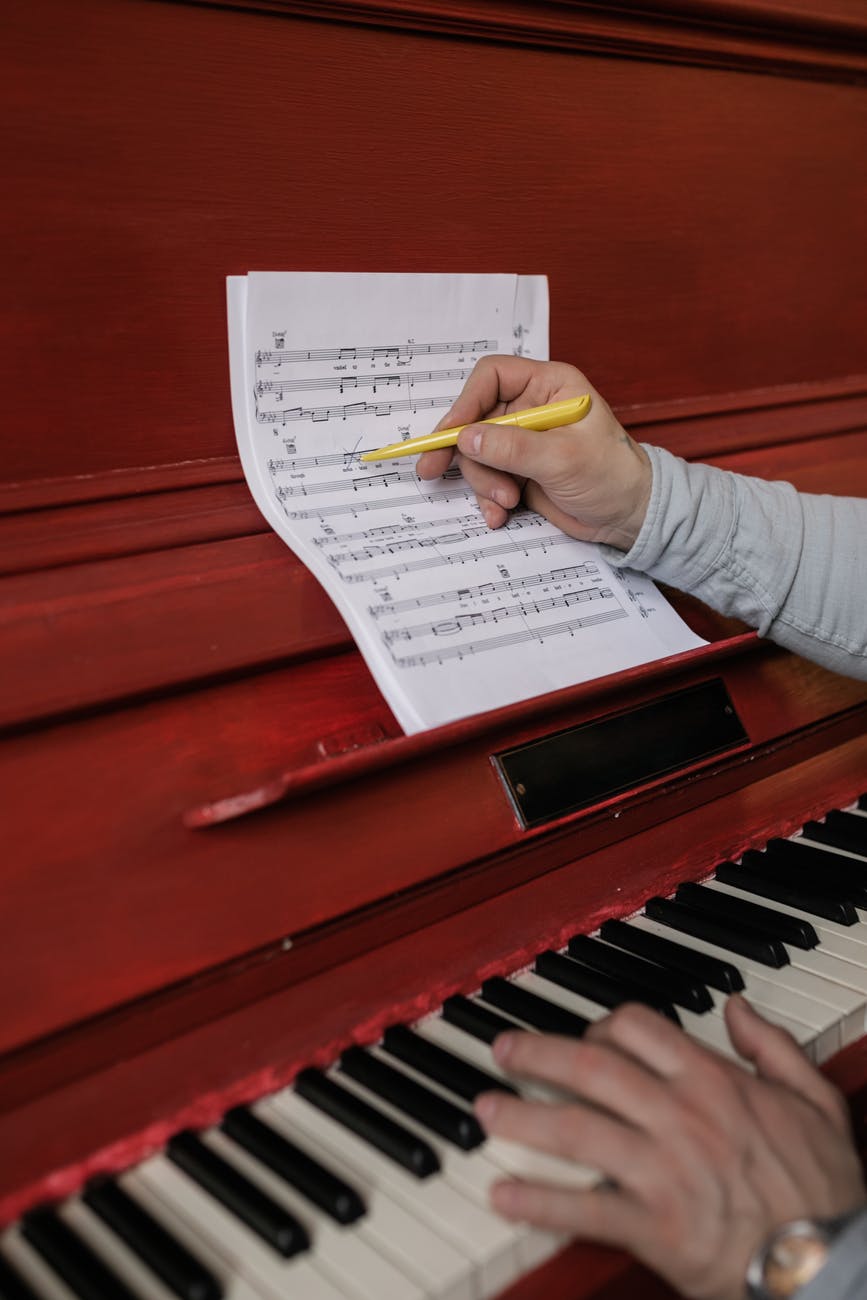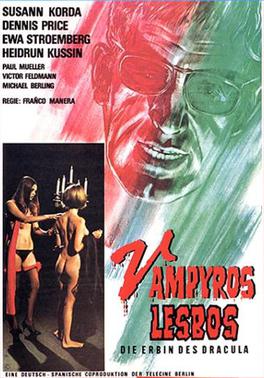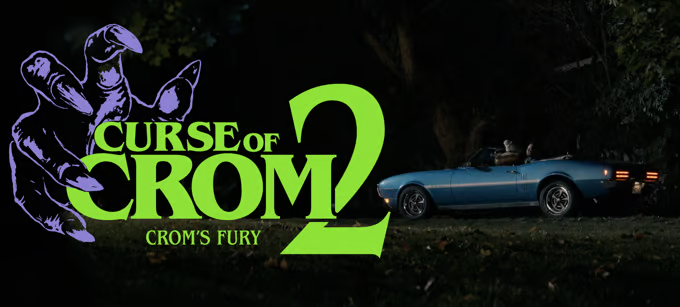We all could instantly hum the tune from Psycho or sing “Tubular Bells” of The Exorcist fame, but there is a whole world of horror film score (and lack of score) to hear out there — and we’ve compiled a list of the best ones!
Chernobyl (HBO, 2019)
This HBO series is dedicated not only to telling the harrowing stories of the disaster and the heroes that came out of it, but also to the general feeling of the disaster. Hildur Guðnadóttir, composer, literally used sounds from an actual nuclear power plant in her work. Though none of the music — even during fast-paced sequences — used typical high-energy sounds (fast drumming, staccato strings, etc.), we still feel the sense of urgency of the whole thing. The music hits us just as those little nuclear “bullets” would have had you had been there; listening now, I can feel it in my bones. Emmy well deserved!
Der Nachtmahr (2015)
I first thought of this post after seeing Der Nachtmahr in Shudder’s “Chilling, Thrilling Sounds” collection. Being a story about a clubbing teen making friends with a little monster, it makes a lot of sense. Pulsating tech riffs pair perfectly with main girl Tina’s struggle with losing her mind. Hypnotic, the electricity vibrates you to the core and thrusts you into Tina’s nightmare.
Deathgasm (2015)
This was my first introduction to death metal (and other types of metal) in detail; and I’d have to say I didn’t mind it one bit! I actually was jammin’ most of the time! They expertly blended together a score that fit a more mainstream audience rather than tailoring it to a niche group (while still respecting said group). And it made me love the movie even more, knowing these quite catchy songs were linked to the devil.
Sinister (2012)
Sinister, no doubt, has the creepiest soundtrack I have ever heard. Made to resemble childhood nostalgia, composer Christopher Young did an excellent job of doing just that — in a completely nightmarish way. Highly unsettling, the score doesn’t let you rest one bit, keeping you in a constant state of tension. The mini-movies you see in the film make the sounds even more frightening.
House on Haunted Hill (1999)
Blaring, gothic organ music is exactly the kind of music this terrifying “house” would make in real life. Perfectly embodying a building that houses thousands of horrors, the opening credits sport a tune that is as immense and impressive as the body count. As I saw this movie way too young, Don Davis’ Main Title instantly gives me chills. While the rest of the film is a more 90s/early 00’s vibe, I will forever remember how my first time hearing this main title made me feel: tense.
The Strangers (2008)
Contrary to popular belief, The Strangers does indeed have a score; it’s just that a lot of it is dark, ambient noise. But that’s what makes it great! Sounds that you tune out somehow burrow their way into your soul and embed themselves right into your fear receptors. The only thing scarier is when nothing plays. There is one particular scene with no accompanying music during a scary part, a brilliant idea for the filmmakers. I saw this in theaters, and instead of ambient noise from the movie, I heard the audience gasp in horror. *chef’s kiss*
Candyman (1992)
What a beautifully horrifying score, composed by Philip Glass, Candyman has. Honestly, beautiful isn’t even a powerful enough word to describe this. Just like the movie, the relationship between Candyman and Helen is a mirror to this score (and between horror and beauty). It almost transcends the movie, which is a pretty hard thing to do for this classic. “Music Box” alone belongs with the other greats (see “Tubular Bells).
Phantom of the Opera (1925)
Everyone undoubtedly knows Bach’s “Tocatta and Fugue in D Minor, BWV 565” whether they recognize it by name or not. Though this piece wasn’t composed with horror films in mind (being written 200+ years before the first moving picture, or 120 years before photography in general), the first few notes are burned into our minds as being paired with the macabre. I would bet that this is the most famous tune in horror cinema. The funniest thing, though, is that it’s not included in the 1925 score. It does however, show up in the 60s.
It Follows (2014)
A modern masterpiece — or Disasterpeace, as the artist is called! This score did for horror what Daft Punk did for Tron, being the pinnacle of modern music in the horror genre. Nostalgic with synth and electronic sounds, all wrapped into an extremely foreboding melody, the title sequence alone is a haunting introduction to what is to come. But as it gets scarier, it calms down and feels edgy but warm and inviting — right before it takes it back up to 11. I am addicted to this soundtrack, and it is extremely #aesthetic.
Do you enjoy the sound of horror? Tell us what score you like the best in the comments!











